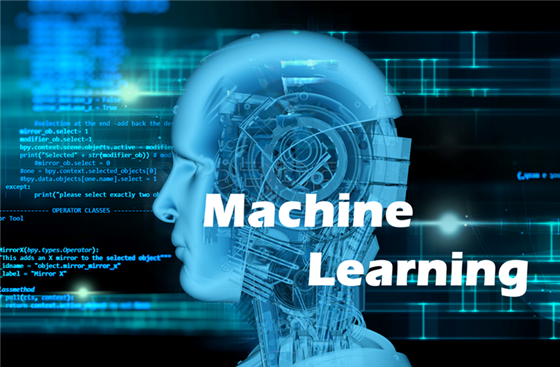In the grand tapestry of human progress, epochs have been marked by revolutionary leaps in technology that have reshaped industries, work patterns, and lifestyles. From the agricultural revolution that first tamed the land to the industrial revolution that mechanized production, each transition was fueled by humanity’s relentless pursuit of efficiency and betterment through ingenuity and toolmaking. Today, at the dawn of the 21st century, we find ourselves amidst a data revolution that is disrupting established norms and birthing entirely new paradigms of work, business models, and industries.
At the forefront of this digital revolution stands Machine Learning (ML), poised to exert an influence potentially greater than any other technology since the advent of the internet. Like a pervasive tide, ML has insinuated itself into the fabric of our daily lives—embedded in our smartphones, automobiles, and home appliances, enhancing our access to relevant information and augmenting decision-making capabilities within business software. Rather than threatening our livelihoods, ML empowers humanity, making us more proficient and efficient than ever before.
Within the contemporary tech landscape, Artificial Intelligence (AI) and autonomous driving have garnered significant attention, captivating imaginations with their remarkable feats of intelligence. Gartner’s prognosis that AI will be embedded in “virtually all newly developed software products” by 2020 underscores the epochal shift underway, presenting software providers with a thrilling yet pivotal moment and their enterprise clients with a crucial crossroads.
Yet, amidst this flurry of groundbreaking advancements, ML stands as a quietly transformative force, weaving its way deeply into the very fabric of our world. Its strength lies not in flashy headlines but in its ability to streamline processes, enhance decision-making, and unlock strategic value for enterprises. As the saying goes, “speed is everything.” The pace with which ML optimizes business operations and bolsters decision-making efficacy underscores its status as a game-changing technology.
Concurrently, the proliferation of cloud computing has paralleled ML’s ascendancy, fostering a symbiotic relationship. The seamless integration of cloud applications, platforms, and infrastructures shatters information silos, amassing vast amounts of data from diverse sources for ML algorithms to consume. The more data ML has access to, the more intelligent it becomes, exponentially enhancing its decision-making potential.
As 2018 progresses, cloud technology’s maturity has prompted virtually every enterprise to adopt cloud strategies as part of their digital transformation journey. This transformation not only propels businesses towards greater data value extraction but also propels ML into a pivotal phase. Essentially, cloud and big data provide the backbone for digital transformation, while ML serves as the first tool to harness and amplify these values on an industrial scale.
The transformative impact of ML extends far beyond mere technological enhancements; it reshapes enterprise strategies, both internally and externally. In the realm of customer service, for instance, ML-powered chatbots streamline interactions, reducing wait times, enhancing efficiency, and freeing up customer service agents to tackle more complex issues. This shift not only elevates customer experience but also optimizes operational costs.
Oracle, a pioneering force in tech innovation, has embodied the promise of ML through its suite of “Red Stack” technologies, translating futuristic concepts into tangible products and solutions. Oracle Management Cloud, for instance, harnesses ML to offer an intelligent monitoring platform that empowers enterprises with real-time insights, security, and operational stability. With its “three-in-one” approach—comprehensive visibility, swift response, and intelligent optimization—Oracle Management Cloud redefines IT management.
Similarly, Oracle Chatbot leverages ML to deliver seamless, efficient customer service, enhancing communication and reducing costs. This intelligent chatbot integrates seamlessly with various channels, systems, and analytics engines, ensuring a natural and productive interaction experience.
The essence of ML’s effectiveness lies in its ability to analyze vast amounts of data, swiftly identifying trends and anomalies. In the hands of enterprises, this capability translates into strategic advantages, driving innovation and competitive edge. As ML matures, we will witness a proliferation of autonomous systems, integrating localized functionalities into holistic, self-managing platforms—analogous to the evolution from autonomous car features to fully autonomous vehicles.


















































Discussion about this post